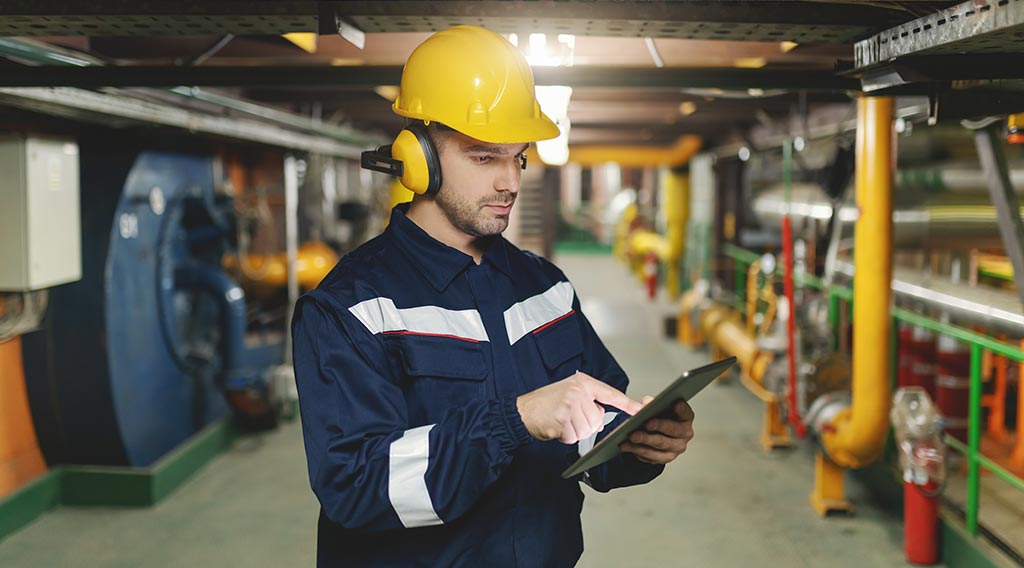
Lone worker safety is a growing concern for businesses, as more and more employees are working remotely or on their own. A lone worker is defined as an individual who works by themselves without close or direct supervision. This could be someone who works from home, a field technician, or a security guard – as you can see, it covers a wide range of professions.
The risks associated with lone working can be significant, and it’s important for businesses to have measures in place to ensure the safety of their lone workers. Here are some key points businesses need to know about lone worker safety.
- The risks associated with lone working: Some of the potential risks associated with lone working include accidents, health and safety concerns, violence, and harassment. Lone workers may also face psychological risks, such as isolation and stress. In order to identify and then protect workers from these risks, businesses need to be able to use risk assessments in a wide range of scenarios.
- The legal responsibilities of businesses: Employers have a legal responsibility to ensure the health and safety of all their employees, including lone workers. This means that businesses need to assess the risks associated with lone working and put measures in place to control those risks.
- The importance of communication: Communication is key when it comes to lone worker safety – a breakdown in communication can make otherwise manageable incidents become far more serious than they need to be. Businesses should make sure that their lone workers have a way to contact someone for help in an emergency, such as a dedicated phone line or a panic button.
- The role of technology: While technology is part of what’s allowing so many more workers to work in remote conditions, technology can also play a crucial role in enhancing the safety of lone workers. For example, GPS tracking can be used to monitor the location of lone workers and ensure that they are safe. It’s important that businesses know about all of the technological solutions available to them, from lone worker alarms to lone worker apps.
- The need for regular training and support: While business owners need to look out for their employees, part of that process consists of helping workers to look after themselves. Lone workers should be trained on how to identify and manage risks, as well as how to use any safety equipment or technology provided by the business. They should also be provided with regular support and check-ins to ensure their well-being.
As we can see, lone worker safety is an increasingly important issue that businesses need to consider. With a rise in remote and hybrid working models, it’s no longer a niche issue that only a select number of industries need to consider. By understanding the risks associated with lone working, implementing appropriate measures to control those risks, and providing regular training and support to employees, businesses can help ensure the safety of their lone workers.
Leave a Reply